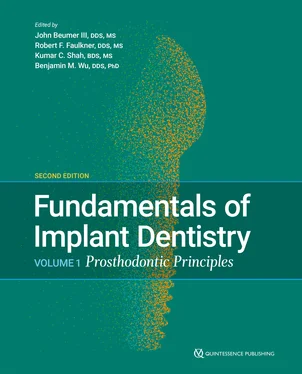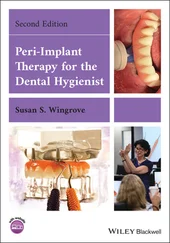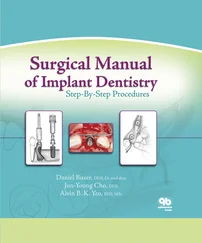Edentulous denture wearers with adequate ridges who reported persistent problems wearing CDs were treated with a new maxillary CD along with either a new mandibular CD, preprosthetic surgery (PPS, ie, vestibuloplasty; Fig 6-12) and a new mandibular CD (PPS+CD), or a new IOD in the mandible. 51Increased denture satisfaction was seen with both the IOD and PPS+CD groups compared with the CD group at 1 year posttreatment. At 5 years posttreatment, no differences were seen in denture satisfaction among the three groups; however, the percentage of patients with denture complaints was significantly lower for those with an IOD compared with a CD. After 10 years with the study dentures, no differences in denture satisfaction or denture complaints were seen among the three groups. 52The use of PPS to improve the denture foundation area and denture fit resulted in improvements in denture satisfaction of the same magnitude as the IOD. Although mandibular ridge height has clearly been shown to interact with masticatory function with IODs, it is questionable whether there is any relationship between mandibular residual ridge resorption and patient ratings of denture satisfaction, chewing ability, stability, or comfort with mandibular overdentures. 53
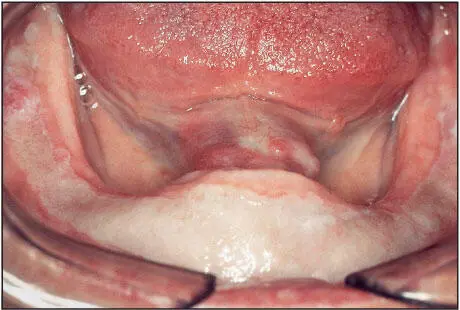
Fig 6-12 Patient with a skin graft vestibuloplasty. The floor of the mouth was also lowered. The result is improved support and stability for the CD.
Increased implant support and patient perceptions
This section focuses mostly on the effect of implant bar–retained overdentures on patient experience. Chapter 7addresses the use of overdentures retained with individual attachments. Reducing or eliminating the amount of soft tissue support to improve stability and reduce limitations in function due to pressure or pain on the soft tissue has been achieved by increasing the number of implants and using implant- supported long-bar overdentures or fixed prostheses ( Fig 6-13). With the additional stability and support provided by the fully implant-supported prosthesis in the mandible, the long-bar overdenture was seen to provide significant improvements in perceptions of general satisfaction, denture fit, comfort, esthetics, and chewing compared with a two- implant overdenture. 37In addition, all of the participants in this within-subject study chose to keep the long-bar overdenture, a strong indicator of patient preference. However, Geertman et al 43found that increasing the number of implants in the mandible to four to support an overdenture opposing a maxillary CD did not produce any additional improvement in perceptions of satisfaction with the denture or subjective chewing ability, nor did it reduce the number of complaints. Differences in methodology and the sensitivity of the survey instruments may account for much of the discrepancy between these studies.
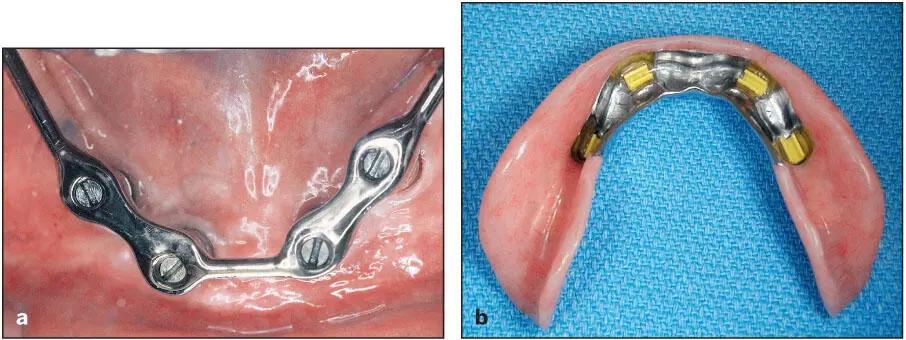
Fig 6-13 (a and b) Implant-supported overdenture. All the forces of occlusion are borne by the implants.
Comparisons between different types of fully implant- supported dentures have indicated little difference in patient perceptions and treatment satisfaction. Patients with severely resorbed ridges treated with either four-post transmandibular implants, ridge augmentation with four implants, or four short implants and mandibular overdentures reported significant improvements over their CD in denture satisfaction and psychosocial function. 54All three treatments were equally perceived as being significantly better than the original CD.
Similarly, Feine et al 38found that patients treated with either a long-bar overdenture or a fixed prosthesis in the mandible ( Fig 6-14) all reported significant improvement in general satisfaction over their original CDs, but the two types of prostheses were rated equally for almost all the study measures. Key to this study was the opportunity for patients to pick which prosthesis they wanted to keep at the end of the evaluation. The selections were evenly split between the two treatments, with eight subjects choosing the fixed hybrid prosthesis, primarily due to concerns with stability, and seven choosing the removable prosthesis, primarily due to ease of cleaning the tissue bar. Age was also a consideration, with older patients being more likely to choose the removable prosthesis.
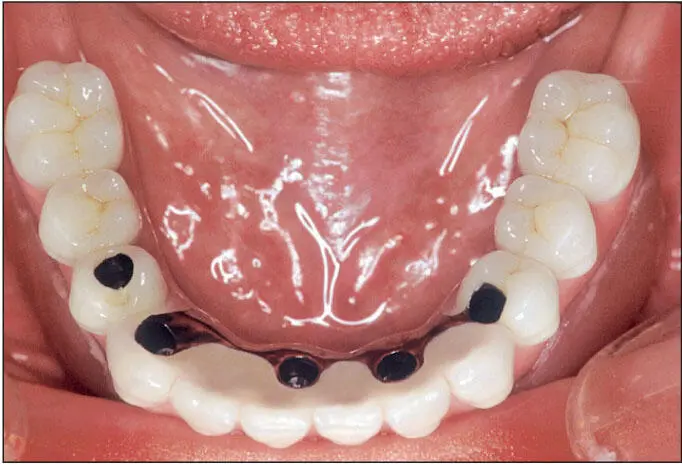
Fig 6-14 Implant-supported metal-ceramic fixed dental prosthesis.
Many patients are relatively satisfied with a new CD, particularly if they have adequate residual ridges. Treatment with a mandibular IOD can significantly improve perceptions of denture satisfaction and function for many patients with denture adaptation problems or severely resorbed ridges. Increasing implant support of the mandibular denture may provide additional improvements in patient perceptions of the denture, but the evidence is currently not sufficient to support this observation.
Diet and nutrition
The impairments in masticatory function from increased tooth loss and prosthetic replacement in the elderly, who are also at increased risk of chronic and acute disease, has heightened concern about their ability to meet dietary and nutritional requirements. Particularly in the more fragile elderly who have experienced tooth loss, the hope was that prosthodontic restorations with implants would provide them with greater comfort, stability, and perceived chewing ability compared with a CD and in return lead them to consume a healthier diet. However, dietary selection and nutrition in complete denture wearers does not appear to be dramatically influenced by the provision of IODs compared with CDs. 55, 56For example, in an RCT of elderly complete denture wearers with type 2 diabetes, provision of new dentures with either an implant-supported or conventional mandibular denture did not result in alteration of the diet in either group to produce any improvement in nutritional intake. 57The percentage of patients with intake levels more than 25% below the recommended daily allowance for 11 key nutrients ranged from 24% to 100% in the two groups. In addition, carbohydrate intake was lower than the American Diabetes Association recommendations. Even in a group in which diet has significant health impact, it likely takes more than improved prosthodontic interventions to achieve meaningful dietary benefits.
In a large-scale (N = 255) RCT comparing the effects of mandibular CDs and IODs on nutrition in a general edentulous population, little difference was seen in nutritional status between the two denture treatments. 58Highly reliable and valid assessments of nutritional state were achieved in this study through the use of blood tests sensitive to dietary intake of key nutrients. While there were no differences in nutritional state between patients treated with a new mandibular CD or IOD, participants treated with the IOD reported less chewing difficulty, less avoidance of certain foods, and less required preparation of foods to make it easier to chew compared with those in the CD group.
Clearly, modification of diet and nutritional intake is a significant issue, both in response to national and international concerns with obesity and to the management of diet and nutrition for more fragile elderly patients. Provision of implant-supported mandibular dentures may improve patient perceptions regarding restriction of food types and preparation methods from when they had a CD, but it appears that their nutritional intake is not improved by this change. Behavioral change through counseling remains the primary option to achieve any improvement in nutrition.
Читать дальше
